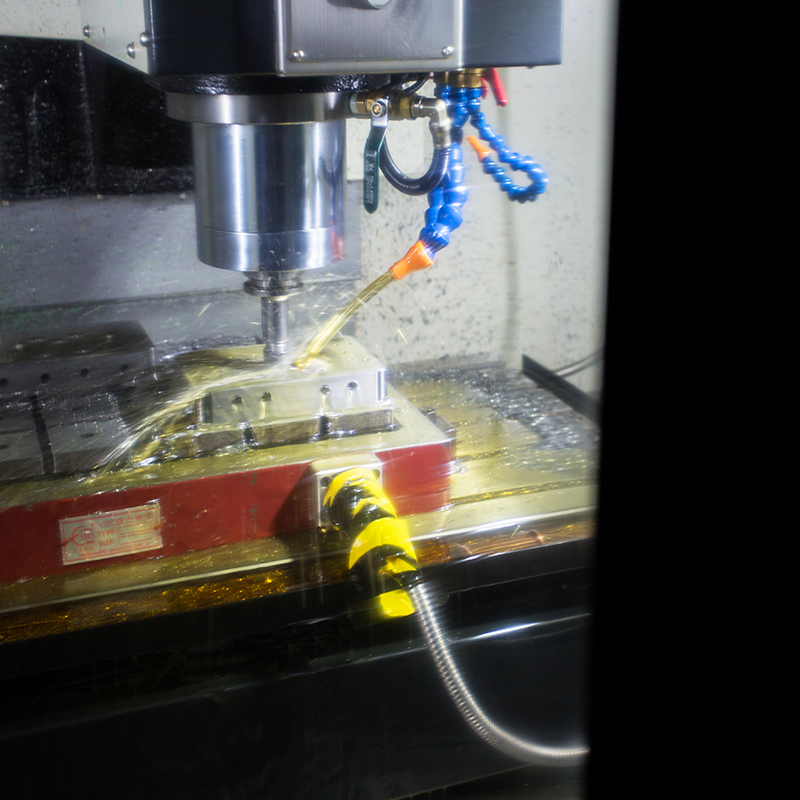When working with a custom injection molder to produce complex plastic parts or components, one of the first critical decisions is determining whether your product is suitable for a streamlined injection molding process. Whether you’re developing a prototype, low-volume parts, or high-production components, the type of mold you choose plays a crucial role in determining the quality, cost, and efficiency of the manufacturing process.
At Toolingsun, we recognize that understanding the right mold classification is essential for meeting your project objectives. Our team is here to guide you through every step of the process, ensuring that we select the best mold type that aligns with your production goals, budget, and timeline. In this blog, we will explore the SPI mold classifications, how they impact the overall molding process, and why collaborating with an experienced molder like Toolingsun ensures successful project outcomes.
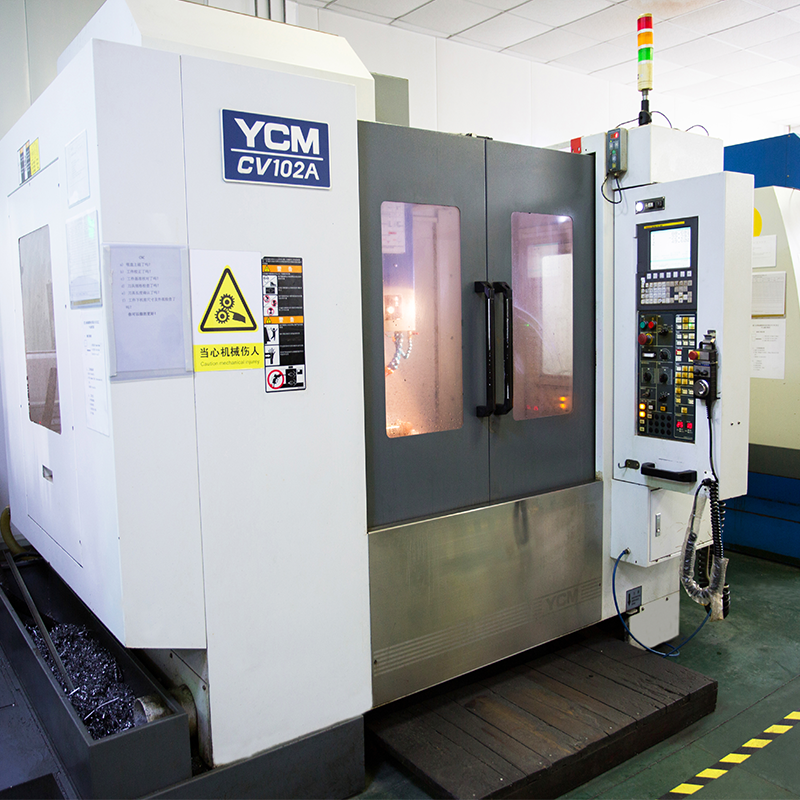
What Are SPI Mold Classifications?
The Plastics Industry Association, formerly known as the Society of Plastics Industry (SPI), has established five standard mold classifications to guide manufacturers in selecting the appropriate mold based on production needs and part requirements. These classifications are a key part of determining tooling costs and ensuring efficiency and quality in the manufacturing process.
Each mold classification corresponds to a range of production cycles, investment levels, and expected part uses. Let’s break down the five classifications and examine how each one influences your custom molding project.
1. Class 101 Mold
- Production Cycles: 1 million or more
- Production Level: Extremely high
- Uses: High production, fast cycle times, high-performance parts
- Investment: Extremely high
Class 101 molds are the gold standard in injection molding, ideal for projects requiring very high-volume production. These molds are made with the highest-quality materials to ensure maximum durability and long-term reliability. Class 101 molds are typically used for applications in industries such as automotive, consumer electronics, and medical devices, where precision and high throughput are critical. However, due to the complexity and high-grade materials used, Class 101 molds are among the most expensive options. At Toolingsun, we work with customers requiring high-volume production to provide solutions that ensure cost-effectiveness without sacrificing quality.
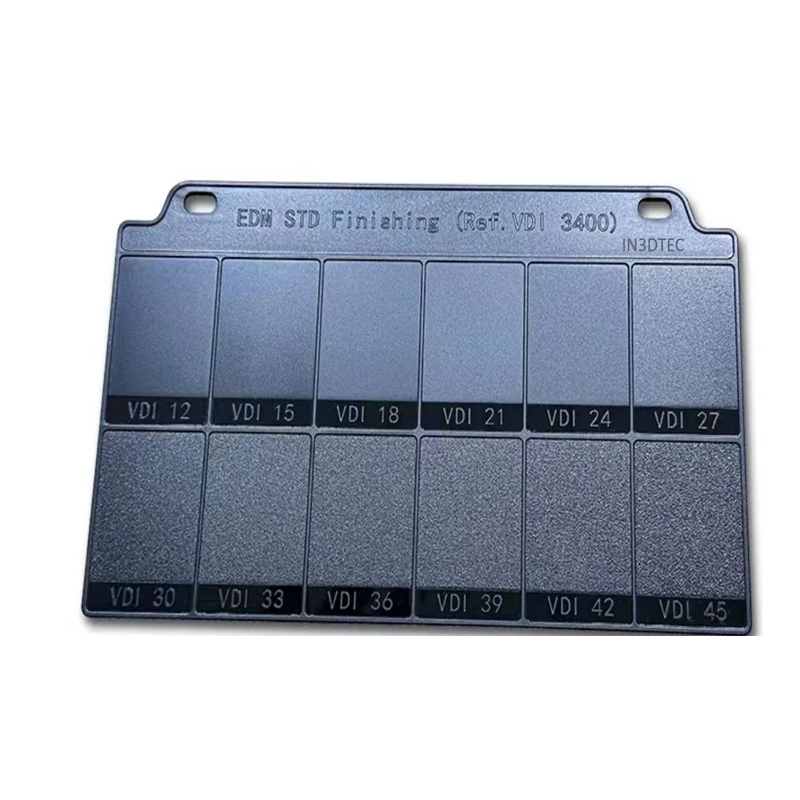
2. Class 102 Mold
- Production Cycles: Not exceeding 1 million
- Production Level: Medium to high
- Uses: Parts with abrasive materials and/or tight tolerances
- Investment: High
Class 102 molds are an excellent choice for medium-to-high production levels, particularly when parts are made from abrasive materials or require tight tolerances. These molds are ideal for parts that need to endure harsh conditions, like automotive components or industrial machinery. Though Class 102 molds are not as expensive as Class 101 molds, they still require high-quality materials and advanced engineering. Toolingsun frequently handles these types of molds for long-life production parts, ensuring high precision and reliability throughout their production runs.
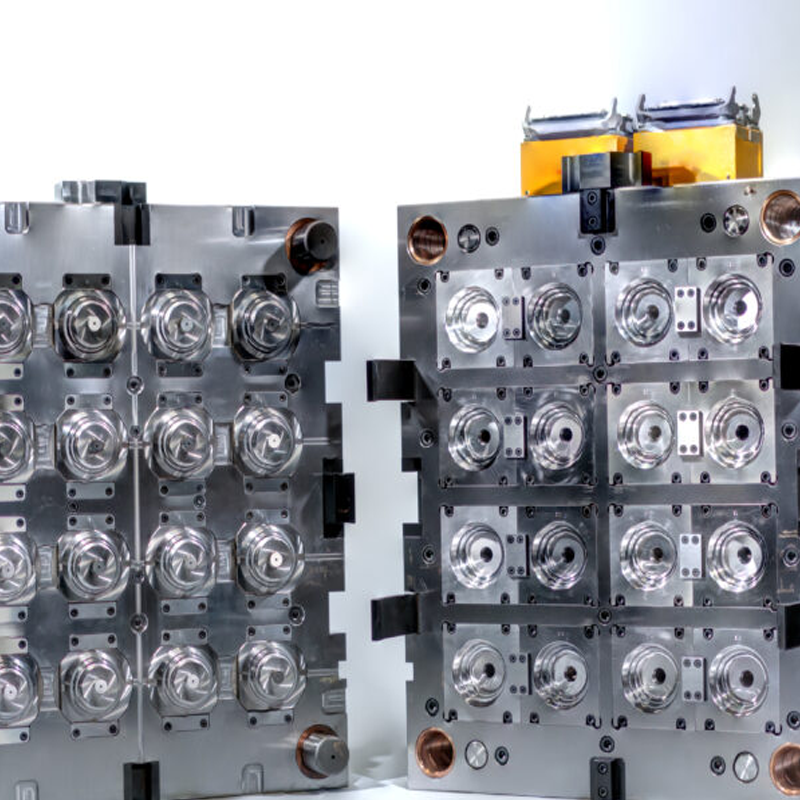
3. Class 103 Mold
- Production Cycles: Not exceeding 500,000
- Production Level: Medium
- Uses: Low to medium production parts
- Investment: Moderate
Class 103 molds are designed for low to medium production volumes. These molds are typically used for projects that don’t require the same stringent conditions as Class 101 or Class 102, but still need good quality and reliability. This class is commonly used for consumer products, electronics, and other applications that require decent performance at a more moderate investment level. At Toolingsun, we often work with customers who need high-quality but cost-effective tooling for medium-scale production runs. This class strikes a balance between performance and cost.
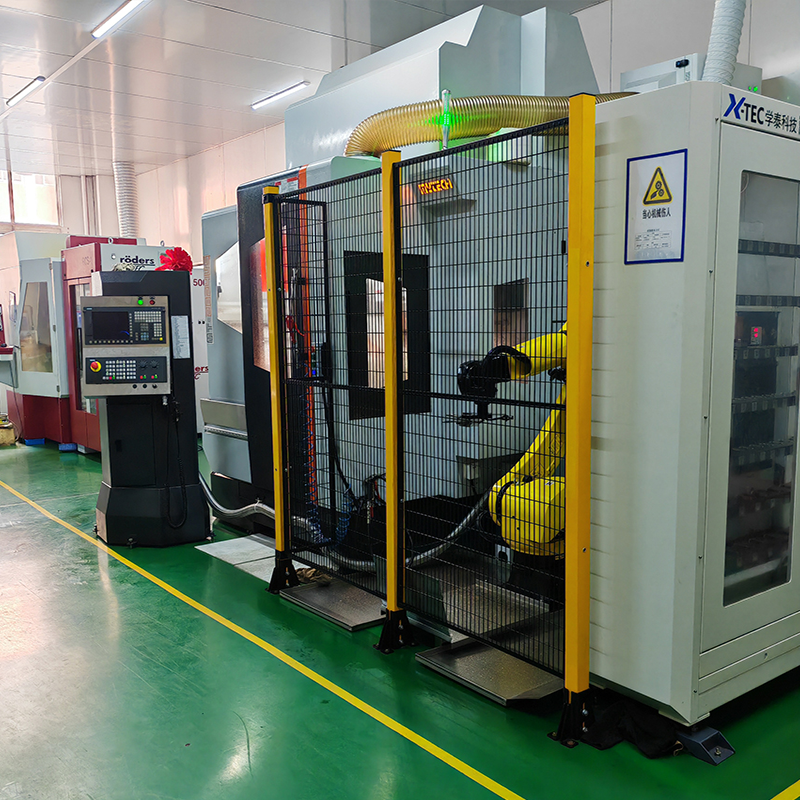
4. Class 104 Mold
- Production Cycles: Not exceeding 100,000
- Production Level: Low
- Uses: Limited-production parts with non-abrasive materials
- Investment: Low to moderate
For parts that don’t require high-volume production but still need good durability, Class 104 molds are the preferred choice. These molds are typically used for applications that don’t deal with abrasive materials or extremely tight tolerances. Class 104 molds are cost-effective and suitable for projects that require fewer parts or have a low to moderate investment. This class is often used for parts in consumer goods, household appliances, and non-critical components.
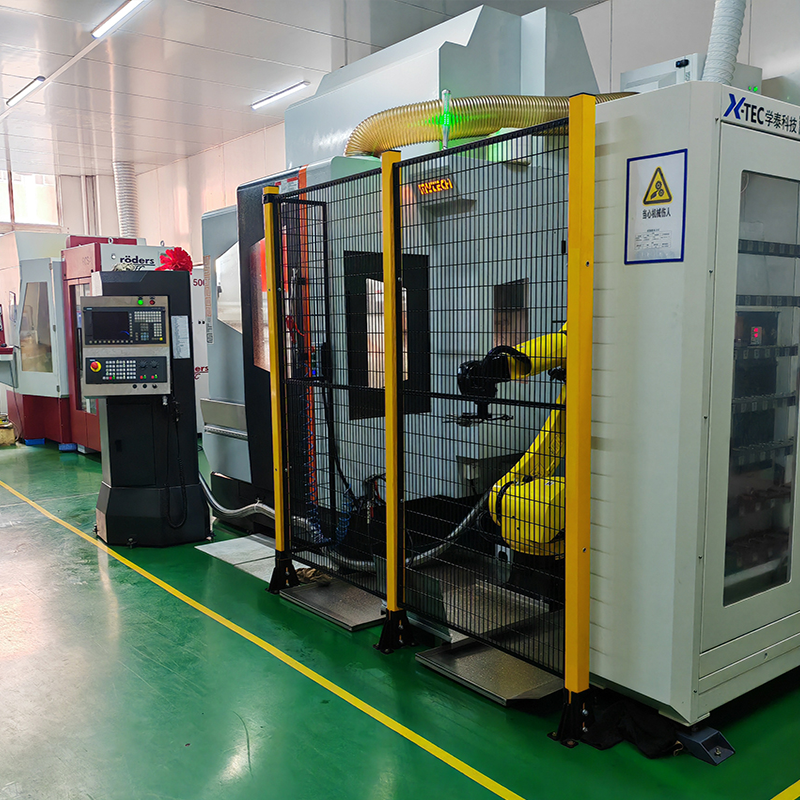
5. Class 105 Mold
- Production Cycles: Not exceeding 500
- Production Level: Very low
- Uses: Prototype-only parts
- Investment: Very low
Class 105 molds are specifically designed for prototyping. These molds are the most cost-effective option, as they are built with less durable materials and are intended for producing very limited numbers of parts. This class is ideal for businesses looking to create early-stage prototypes or test designs before moving to full-scale production. The low cost makes Class 105 molds a great choice for evaluating product designs without making a substantial financial commitment. However, these molds are not suitable for mass production due to the limited number of cycles they can handle.
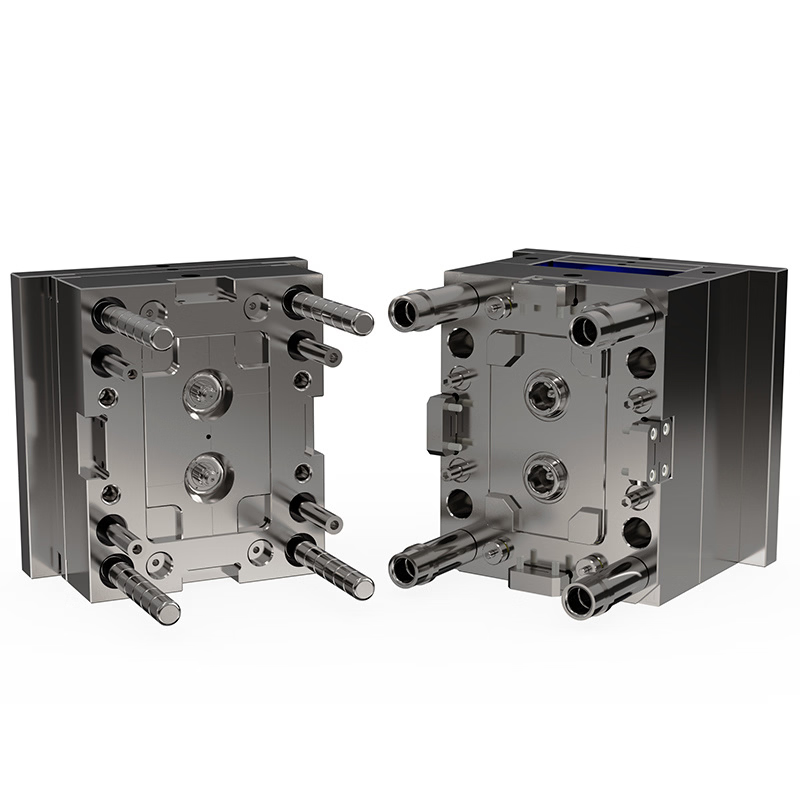
The Role of a Knowledgeable Injection Molder
Selecting the appropriate mold classification is crucial, but simply reviewing a mold classification chart isn’t enough. The right custom injection molder can help guide you through this decision by asking the right questions about your project, including:
- What is the production volume? Understanding your production needs is key to selecting the right mold class.
- What materials will be used? Some molds are better suited to abrasive or specialized materials than others.
- What are the required tolerances? Tight tolerances often require higher-quality molds like Class 101 or Class 102.
- What are the long-term performance expectations? If you need the part to endure many production cycles without degrading, investing in Class 101 or Class 102 may be worth it.
At Toolingsun, we believe that early collaboration with an experienced injection molder helps reduce costs and ensures better results. Our team has the experience and knowledge to help you choose the correct mold class based on your specific needs and project objectives. We specialize in high-quality tooling design, focusing on optimizing DFM (Design for Manufacturability) and reducing production risks.
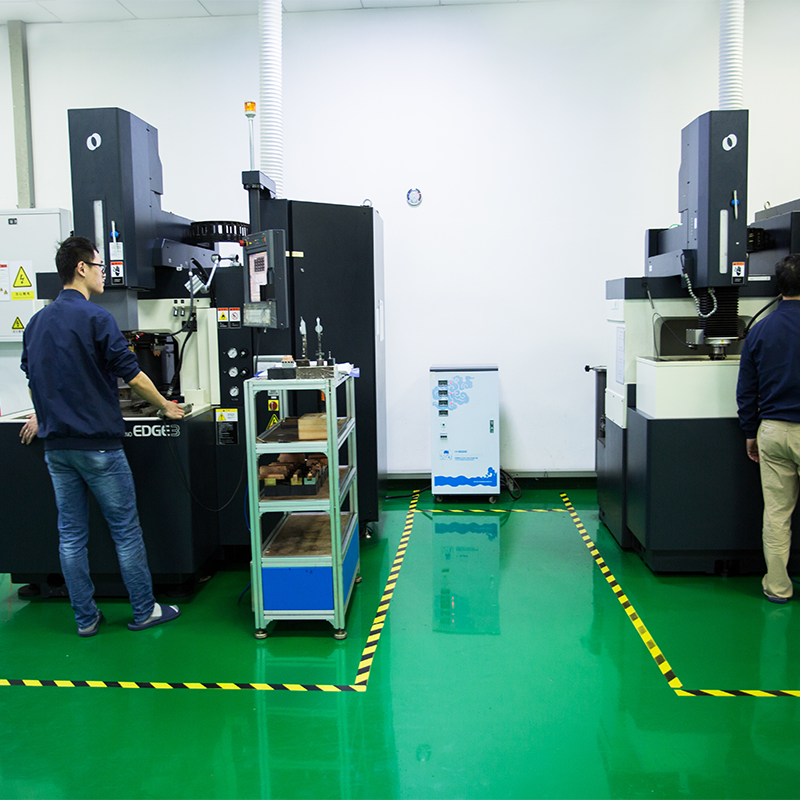
Why Choosing the Right Molder is Critical to Your Success
Working with an experienced injection molding supplier like Toolingsun ensures that your tooling project is managed with the utmost care and precision. Our one-stop service includes everything from the initial consultation and mold selection to full-scale mass production. By collaborating with us, you gain access to our vast expertise in mold classification and tooling design, allowing you to navigate the complexities of the injection molding process with confidence.
Conclusion: Maximizing Your Investment in Custom Injection Molding
At Toolingsun, we understand that selecting the right tooling class is essential to the success of your custom injection molding project. Whether you need high-volume production, cost-effective prototyping, or somewhere in between, our team is here to help you make the best choice. Our deep expertise in manufacturing and tooling design ensures that you get the most value for your investment.
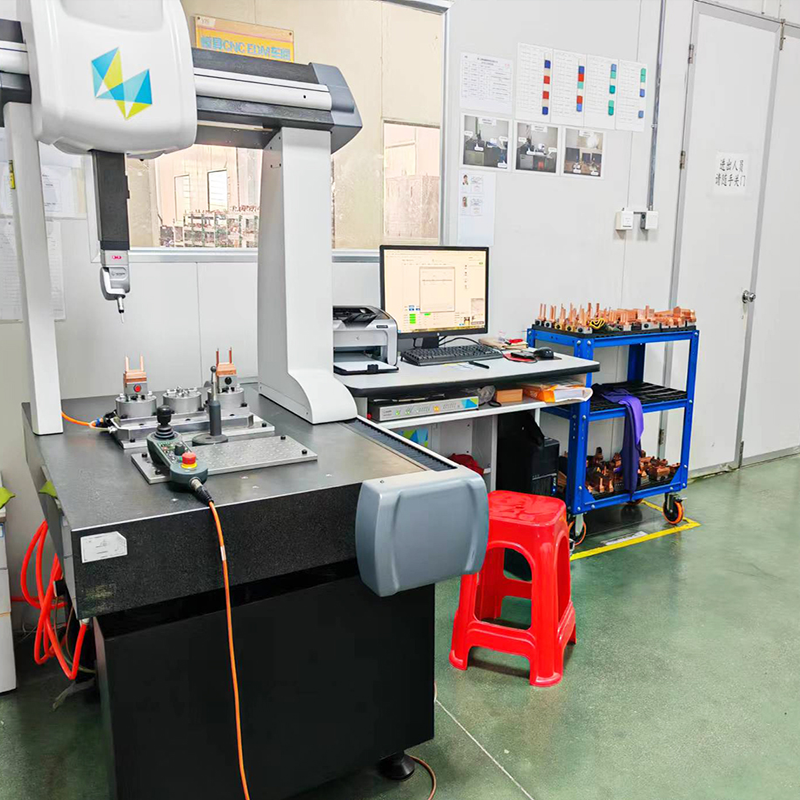
If you’re ready to start your next injection molding project, or if you have any questions about mold classifications, Toolingsun is here to assist. Reach out today to learn how we can help you select the ideal tooling and get your project on the path to success. Whether you’re a supplier looking for high-quality tooling or a manufacturer seeking reliable partners, we are committed to delivering the solutions you need.

